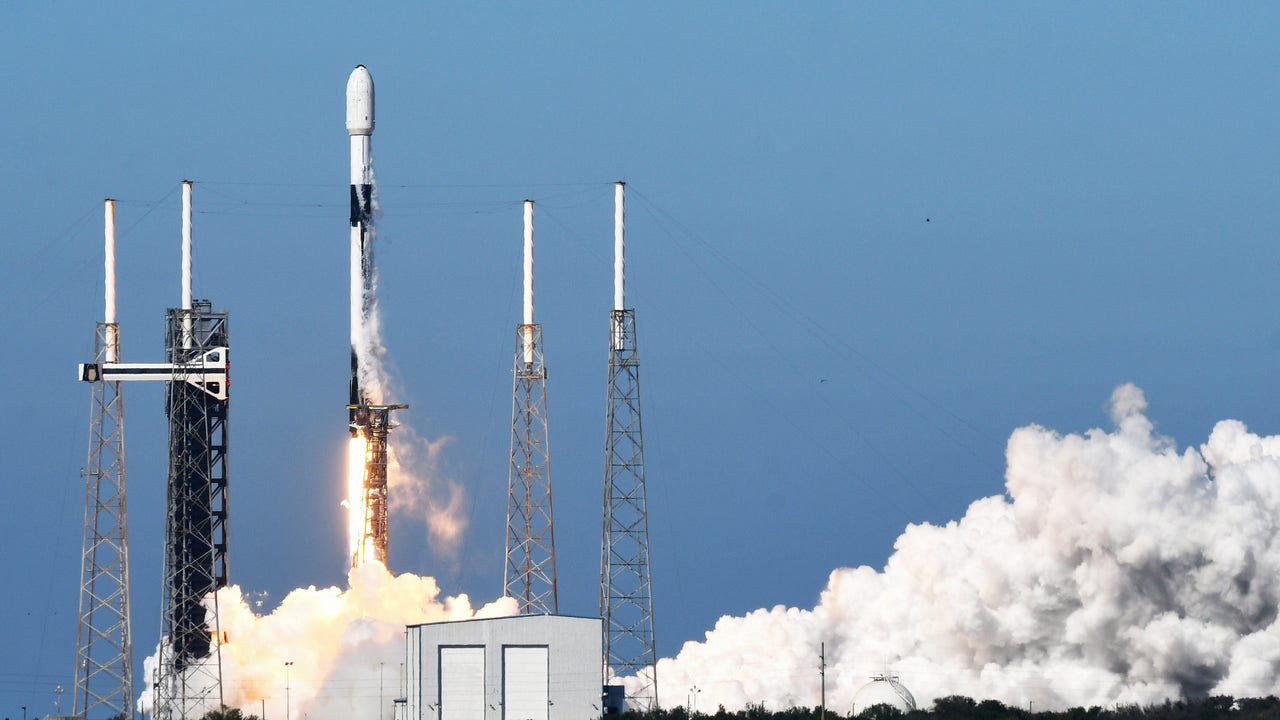
In a remarkable display of modern technological prowess, SpaceX is set to launch two separate missions within a 24-hour period. The first mission, the SES ASTRA 1P/SES-24, is scheduled for Tuesday afternoon from Cape Canaveral Space Force Station in Florida. This wide-beam satellite will significantly enhance SES's leading TV network for content creators and broadcasters in Germany, France, and Spain. The launch window opens at 5:35 p.m. ET and will extend for two hours and 49 minutes, with a backup opportunity available on Wednesday, June 19.
The first-stage booster for this mission has been used previously eight times and is set to land on the Just Read the Instructions droneship in the Atlantic Ocean post-separation. The SES ASTRA 1P mission aims to bolster SES's position in satellite TV broadcasting, offering a cost-effective solution for private and public broadcasters.
Simultaneously, SpaceX is targeting Tuesday evening for its next Falcon 9 launch from Vandenberg Space Force Base in California. This mission will carry 20 Starlink satellites to low-Earth orbit, with 13 of them featuring Direct to Cell capabilities. The launch window is set for 8 p.m., with backup opportunities available until midnight on Wednesday and additional opportunities on Thursday if needed.
SpaceX's first-stage booster for this mission has been used four times previously and is expected to land on the Of Course I Still Love You droneship in the Pacific Ocean after separation. No sonic boom is anticipated to be heard locally during landing.
These launches demonstrate SpaceX's commitment to advancing satellite technology and providing reliable, cost-effective solutions for communication needs worldwide. The company continues to break barriers and push the boundaries of space exploration, solidifying its position as a leader in the industry.

